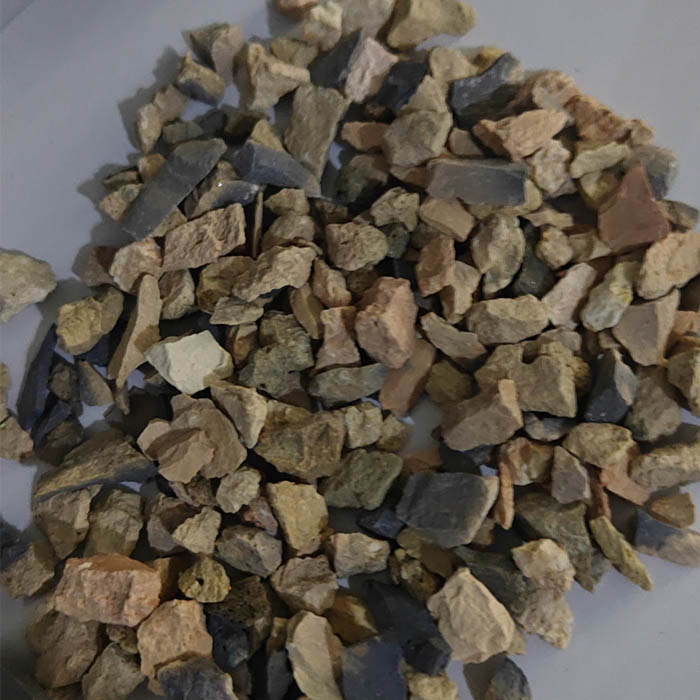Aug . 01, 2024 04:56 Back to list
Exploring the Features and Applications of 35CrMoA Steel for Global Export Markets
The Importance of 35CrMo Steel in Export Markets
In the world of materials engineering, the importance of high-quality steel grades such as 35CrMo cannot be overstated. This specific grade has gained prominence due to its unique combination of properties, making it suitable for a wide range of applications, particularly in the manufacturing and construction industries. As an exporter of 35CrMo steel, it is crucial to understand both its attributes and the global market demand.
What is 35CrMo Steel?
35CrMo is a chromium-molybdenum alloy steel that is widely used for its excellent strength and toughness, especially at high temperatures. Characterized by its chemical composition, it typically consists of carbon (C), chromium (Cr), and molybdenum (Mo), which contribute to its enhanced mechanical properties. With a tensile strength ranging from 900 to 1100 MPa, this steel grade is ideal for producing components that require high tensile strength and resistance to wear and tear.
Applications of 35CrMo Steel
The versatility of 35CrMo steel is evident in its numerous applications. It is extensively employed in the production of high-stress components such as crankshafts, axles, gears, and various machine parts. Additionally, due to its resilience at elevated temperatures, it is often used in the manufacturing of pressure vessels and boilers. The oil and gas industries also rely on 35CrMo for downhole pipes and other critical components where durability and performance are non-negotiable.
Global Market Demand
35crmoa exporter

As industries continue to evolve and require more sophisticated materials, the demand for high-quality steels like 35CrMo is likely to increase. Emerging economies, particularly in Asia and Africa, are experiencing rapid industrial growth, driving the need for reliable engineering materials. Exporting 35CrMo steel can be a lucrative endeavor, especially when targeting these growing markets that prioritize infrastructure development and industrialization.
Quality Assurance and Standards
Quality assurance is paramount in the steel export business. To maintain a competitive edge, exporters must adhere to international standards such as ASTM, EN, and JIS, which ensure that the steel produced meets the necessary specifications for various applications. Regular quality checks and certifications from recognized authorities are fundamental to building trust with international clients. Moreover, understanding the local regulations and standards of target countries is essential to ensure compliance and facilitate smooth transactions.
Challenges in Exporting 35CrMo Steel
Despite the promising market for 35CrMo steel, exporters face several challenges. Fluctuations in raw material prices, changes in global demand, and stringent import regulations in different countries can impact profitability. Additionally, logistical hurdles, including transportation costs and tariffs, can complicate export processes. It is crucial for exporters to develop strategic partnerships with logistics companies to navigate these challenges effectively.
Conclusion
In conclusion, 35CrMo steel is a valuable material in today's industrial landscape, offering exceptional properties that make it suitable for a range of applications. As an exporter, understanding the market dynamics, maintaining high-quality standards, and navigating challenges effectively will be key to success. With the right strategies in place, the export of 35CrMo steel presents a significant opportunity for growth and participation in the global marketplace. By focusing on quality and customer satisfaction, exporters can carve out a niche and contribute to the ongoing industrial development across the globe.
-
Top Carbon Petroleum Coke Exporters – Reliable Manufacturer & Supplier
NewsJul.24,2025
-
Environmentally Friendly Granule Covering Agent for Sustainable Solutions
NewsJul.23,2025
-
High-Performance Tundish Dry Vibrator for Continuous Casting
NewsJul.22,2025
-
First Bauxite Exporters | Top-Quality Global Supply
NewsJul.22,2025
-
```text High-Performance Insulation Cup Materials Exporters | Quality
NewsJul.21,2025
-
High-Efficiency Ferro-Carbon Balls for BOF Steelmaking
NewsJul.20,2025
